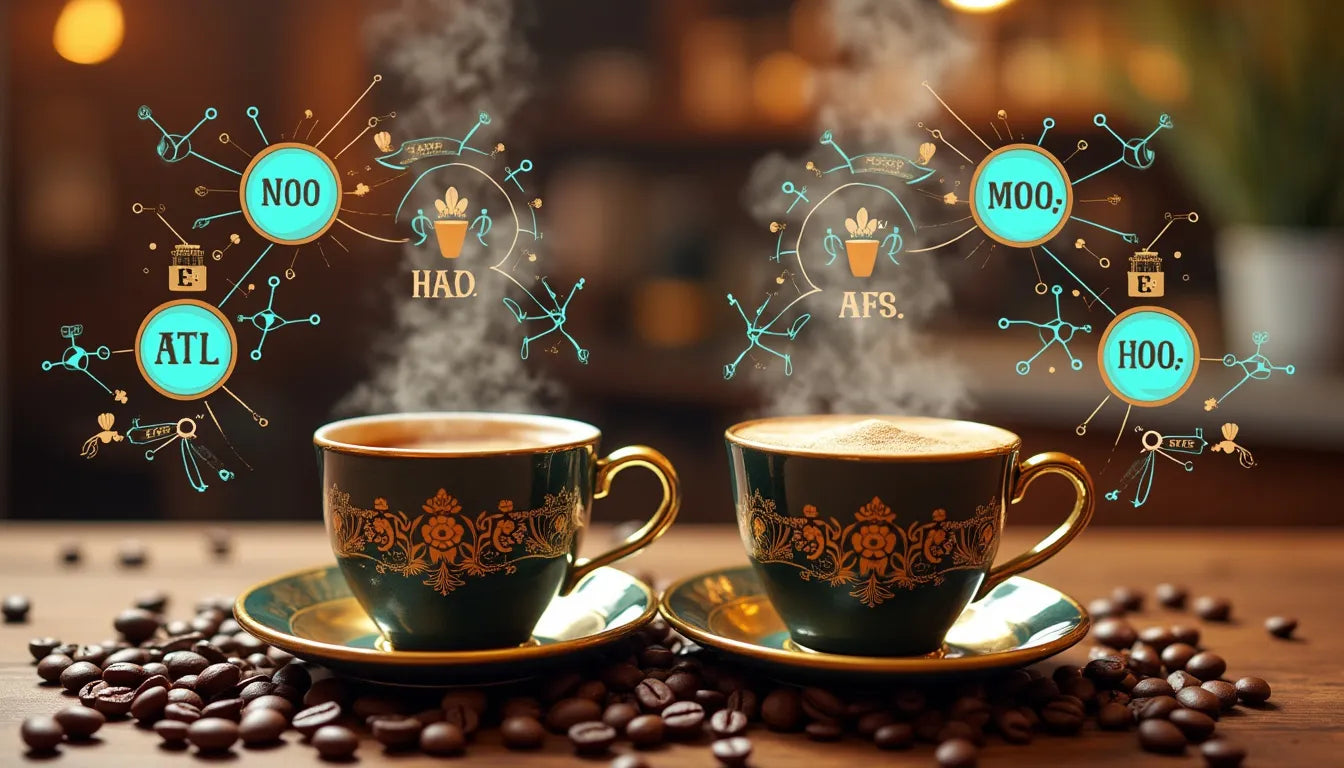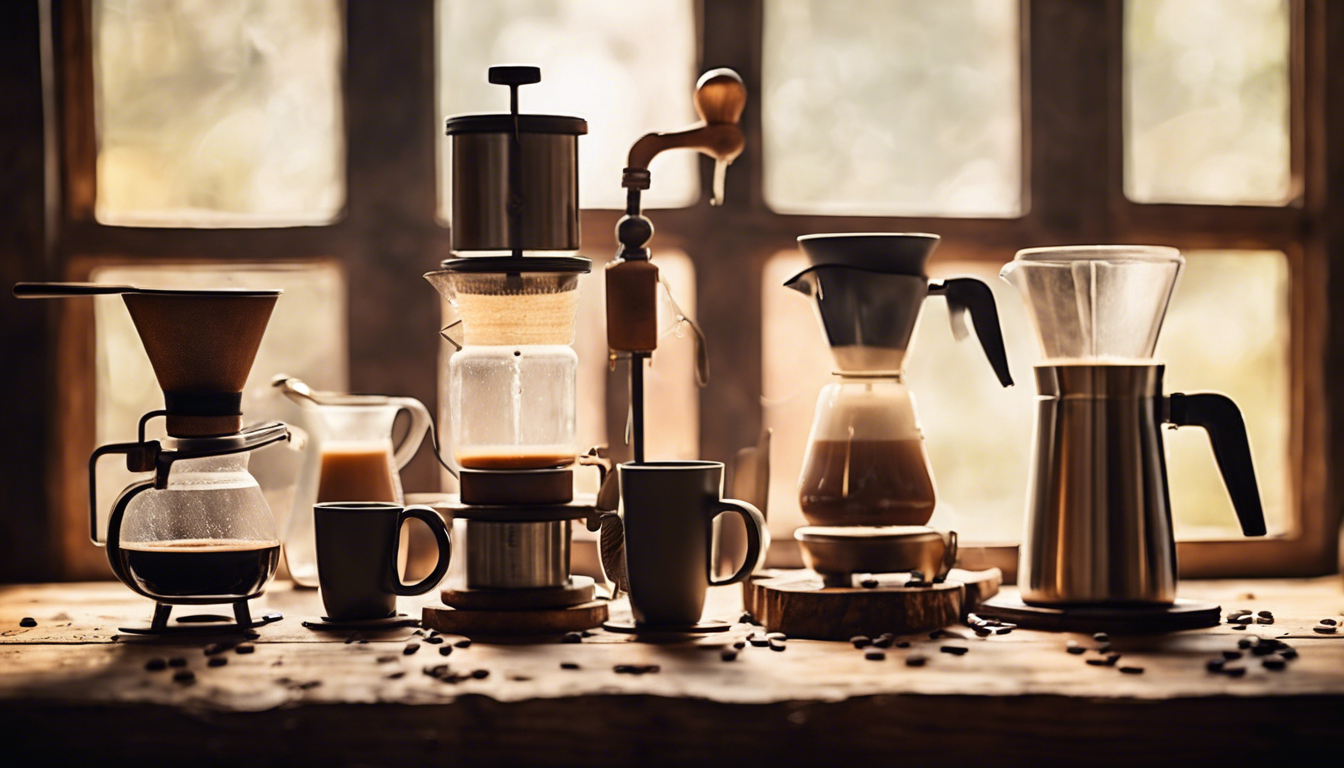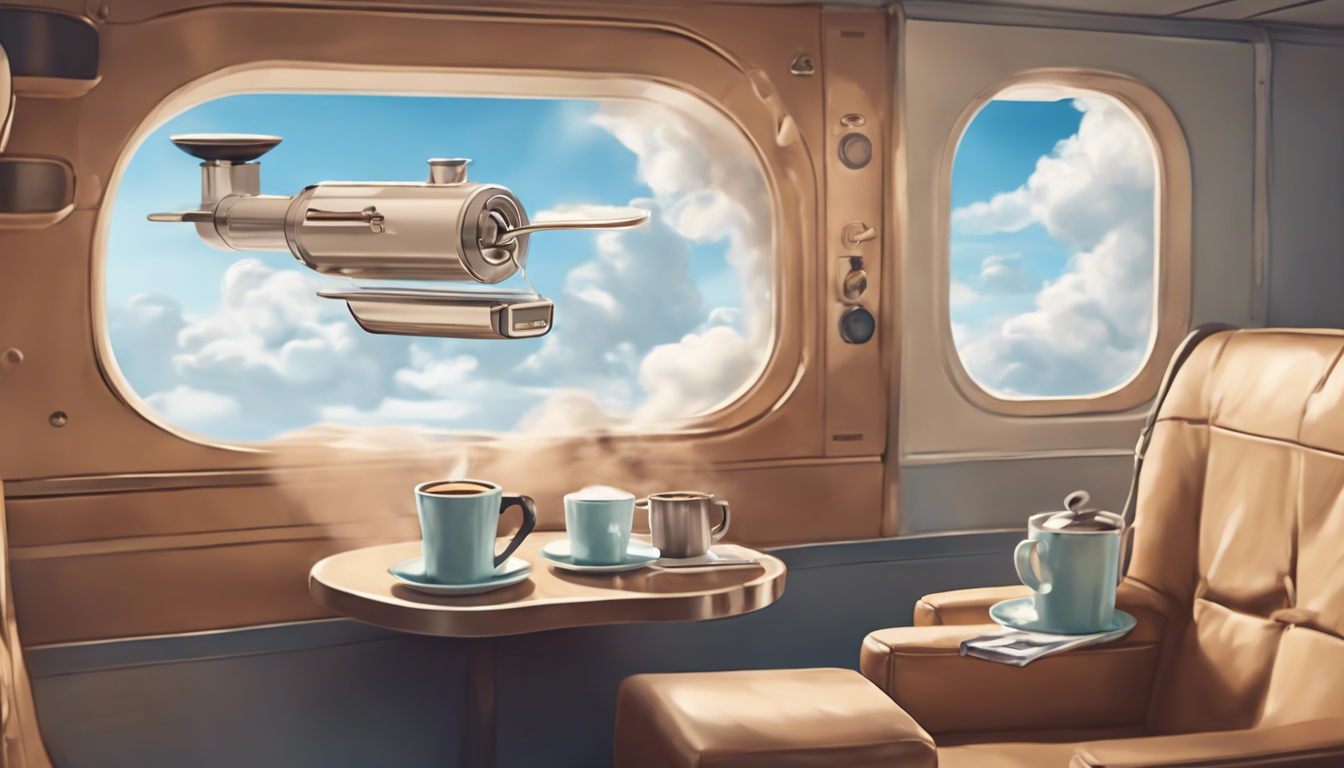Understanding the Caffeine Content in Coffee and Espresso

Understanding the Caffeine Content in Coffee and Espresso
For many, the day doesn't officially begin until they've had their first sip of coffee or espresso. This beloved ritual owes much of its popularity to caffeine, the world's most widely consumed psychoactive substance. But how much caffeine do we actually consume with each serving of coffee or espresso? Let's delve into the fascinating details of coffee espresso caffeine content.
Caffeine Content in Coffee
Coffee comes in various forms and sizes, leading to a significant variance in its caffeine content. On average, an 8-ounce (240-milliliter) cup of brewed coffee contains about 95 milligrams of caffeine. However, factors such as the type of coffee bean, brewing method, and serving size can dramatically alter this number.
- Arabica vs. Robusta: Arabica beans, known for their smooth flavor, generally have less caffeine than Robusta beans, which are heartier and more robust in flavor. You might prefer Robusta if you're seeking a stronger caffeine fix.
- Brewing Methods: Espresso, drip brew, French press, and cold brew all have different caffeine concentrations despite using the same coffee beans. As a rule of thumb, longer brewing times usually extract more caffeine.
- Serving Size: Remember that while a standard cup might be used in scientific studies, your favorite cafe's serving size could skew the caffeine you're actually consuming.
Caffeine in Espresso
Espresso, often considered the concentrated form of coffee, typically contains less caffeine by volume than you might expect. A single shot of espresso (about 1 ounce or 30 milliliters) contains approximately 63 milligrams of caffeine. However, because espresso is served in smaller quantities, its caffeine content might seem deceptively lower compared to a typical cup of coffee.
Much like coffee, the caffeine content in espresso can be influenced by several factors:
- Roast Level: The roasting process can affect caffeine content. Darker roasts might have slightly less caffeine but more profound flavors.
- Shot Size: Some baristas serve doppio or double shots, effectively doubling the typical caffeine content of a single shot.
Comparing Coffee and Espresso
It's essential to understand the main difference lies in concentration rather than overall caffeine content. Espresso has a higher caffeine concentration, but individual servings are smaller. In contrast, a standard cup of coffee will have more overall caffeine simply because the amount you drink is larger. So, whether your preference leans towards a small espresso or a large cup of drip-brewed coffee, your total caffeine intake might end up quite similar.
Moderation for Optimal Enjoyment
While caffeine can be a delightful part of your morning routine, moderation is key. Health experts often suggest limiting caffeine intake to about 400 milligrams per day for most adults. This translates to roughly four 8-ounce cups of coffee or around six shots of espresso. As with all things, it's best to listen to your body and enjoy coffee and espresso in a way that aligns with your health and wellness goals.
Conclusion
Understanding the nuances in coffee espresso caffeine content can empower you to make choices that suit your lifestyle and personal preferences. Whether you enjoy the bold impact of a robust espresso or the mellow presence of a morning coffee, being informed allows you to savor every sip with greater enjoyment and peace of mind. Cheers to the perfect brew!
Ready to take your coffee experience to the next level? Don’t settle for anything less than perfect espresso, no matter where you are. Click here to grab your portable espresso machine today and enjoy barista-quality coffee on the go!



